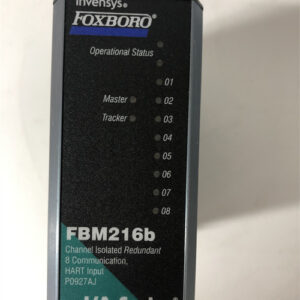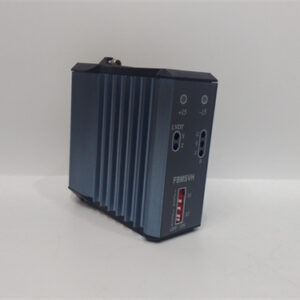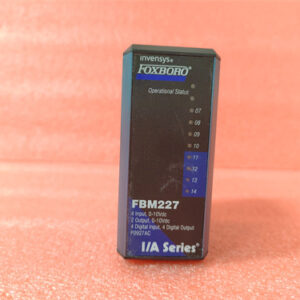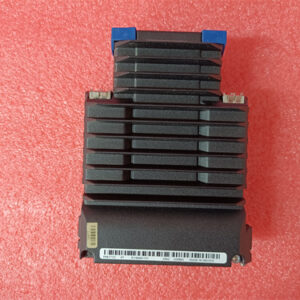الوصف
The FOXBORO ZCP270 is a crucial component within the Foxboro I/A Series Distributed Control System (DCS), now part of Schneider Electric’s offerings. The “ZCP” stands for Z-Module Control Processor, and the “270” indicates its specific model number, often accompanied by a part number like P0926CP. This isn’t just a simple processor; it’s a high-performance, often fault-tolerant, controller designed to execute the core process control, alarming, and data acquisition functions in large-scale industrial plants.
SEO Optimized Headings:
- FOXBORO ZCP270: Distributed Control Processor for I/A Series DCS.
- FOXBORO ZCP270 Control Processor: Fault-Tolerant Automation for Critical Processes.
- FOXBORO ZCP270: Heart of the Foxboro I/A Series Control Network (MESH).
- Z-Module Control Processor 270: Advanced Regulatory and Logic Control.
- FOXBORO ZCP270: High-Performance DCS Controller for Industrial Applications.
- FOXBORO ZCP270 P0926CP: Reliable Process Automation and Data Acquisition.
- FOXBORO ZCP270: Enhancing Grid Reliability and Plant Efficiency.
- FOXBORO ZCP270: Seamless Integration with Fieldbus Communications Modules (FCMs).
- FOXBORO ZCP270: Time-Proven Algorithms for Complex Control Strategies.
- FOXBORO ZCP270: Online Image Update for Continuous System Operation.
Product Summary (Product Detail Card & Search Page Description):
The FOXBORO ZCP270 (Z-Module Control Processor 270, often P0926CP) is a distributed and optionally fault-tolerant controller within the Foxboro I/A Series Distributed Control System (DCS). It performs regulatory, logic, timing, and sequential control, alongside data acquisition, alarm detection, and notification. The ZCP270 connects to the MESH control network and Fieldbus Communications Modules (FCMs) via standard fiber optic 100 Mbps Ethernet, providing robust and reliable control for critical industrial processes.
Product Type: Control Processor (CPU) System: Foxboro I/A Series Distributed Control System (DCS) Function: Regulatory, Logic, Timing, Sequential Control, Data Acquisition, Alarming Key Features: Optional fault tolerance, 100 Mbps fiber optic Ethernet, supports up to 128 FBMs, time synchronization.
Detailed Product Description
In the complex and often mission-critical world of process industries—from oil and gas refineries to power generation plants—the ability to precisely control vast networks of equipment in real-time is non-negotiable. This is where a component like the FOXBORO ZCP270 proves its immense value. It’s not just a computer chip; it’s the intelligent and resilient core that manages the intricate dance of sensors, actuators, and control algorithms across an entire plant.
As a DCS architect, I know the FOXBORO ZCP270 as a workhorse control processor within the renowned Foxboro I/A Series Distributed Control System. Its “Z-Module” designation refers to its form factor, and it’s designed to be a distributed controller, meaning it can be located strategically within the plant, closer to the processes it controls, reducing cabling and improving response times. A standout feature of the ZCP270 is its optional fault-tolerant operation. This is critical for applications where even a momentary interruption in control can have severe consequences (e.g., safety hazards, massive production losses). In a fault-tolerant configuration, two ZCP270 modules operate in parallel, synchronized bit-for-bit. If one module experiences a hardware failure, the other seamlessly takes over without any disruption to the process. This patented technology ensures unparalleled reliability compared to systems that are merely redundant.
From the perspective of a plant operations manager, the ZCP270 translates into continuous production and enhanced safety. It performs a wide array of control functions:
- Regulatory Control: Maintaining process variables (like temperature, pressure, flow) at desired setpoints using PID loops and advanced control algorithms.
- Logic Control: Implementing Boolean logic for interlocking equipment and ensuring safe operational sequences.
- Timing Control: Managing time-based operations and delays.
- Sequential Control: Executing step-by-step processes for batch operations or complex startups/shutdowns.
The ZCP270 connects to the MESH control network (a high-speed, fiber optic 100 Mbps Ethernet network) and communicates with Fieldbus Communications Modules (FCMs). These FCMs, in turn, interface with the actual Fieldbus Modules (FBMs) which connect directly to plant I/O (sensors, valves, motors). This architecture allows the ZCP270 to support a significant number of FBMs (up to 128 of the 200 Series FBMs), providing extensive control capabilities across a wide range of process applications. Furthermore, features like online image update mean that the controller’s operating system can be updated without shutting down the process, a huge advantage for maintaining continuous operation.
Key Features and Core Benefits:
Optionally Fault-Tolerant Operation: The ZCP270 offers unique, patented fault tolerance. Two modules can be paired and operate in parallel, ensuring continuous, bumpless control even if one module fails. This significantly enhances reliability and uptime for critical processes.
High-Performance Process Control: Capable of performing a wide range of control functions including regulatory (PID), logic, timing, and sequential control. It utilizes time-proven algorithms and can execute up to 10,000 blocks per second with a minimum Basic Processing Cycle (BPC) of 50 ms.
Extensive I/O Support: The ZCP270 connects to Fieldbus Communications Modules (FCMs) which then interface with a broad array of Fieldbus Modules (FBMs). It supports a large number of FBMs (up to 128 of the 200 Series FBMs), allowing for comprehensive control of process I/O.
High-Speed Fiber Optic Ethernet Connectivity: Connects to the MESH control network via standard 100 Mbps fiber optic Ethernet, providing robust and reliable communication across the DCS. This high bandwidth supports efficient data exchange for control, data acquisition, and alarming.
Data Acquisition and Alarm Management: Continuously acquires process data, detects abnormal conditions, and provides alarm notification. Enhanced alarm features allow for re-alarming based on priority changes or configurable delays, and alarm suppression.
Online Image Update: Enables the updating of the controller’s executable image (operating system) without requiring a process shutdown. This minimizes disruption and downtime during system maintenance or upgrades.
Time Synchronization: Supports time synchronization using external sources like GPS satellites or internal proprietary software, ensuring accurate time-stamping for events, alarms, and historical data.
Robust Industrial Design: Built to withstand harsh industrial environments, ensuring reliable performance over long periods.
Technical Specifications:
Applications:
The FOXBORO ZCP270 is deployed in a wide array of demanding process industries where precise control, high reliability, and continuous operation are critical. Its fault-tolerant capabilities make it especially suited for applications where downtime is extremely costly or poses significant safety risks.
This control processor is primarily used in:
- Oil and Gas: Upstream (production), Midstream (pipelines, terminals), and Downstream (refineries, petrochemicals) for controlling complex processes, safety systems, and infrastructure.
- Power Generation: In conventional thermal power plants (coal, gas), nuclear power plants, and renewable energy facilities for boiler control, turbine control, balance of plant, and grid synchronization.
- Chemical and Specialty Chemicals: Managing reactions, blending, distillation, and separation processes.
- Pulp and Paper: Controlling continuous processes like pulping, bleaching, and paper machine operations.
- Metals and Mining: Automation of furnaces, rolling mills, and material handling systems.
- Water and Wastewater Treatment: Large-scale control of pumping stations, filtration, and purification processes.
- Pharmaceuticals: Batch processing and continuous control in highly regulated environments.
Related Products You Might Be Interested In:
A FOXBORO I/A Series DCS, with the ZCP270 at its core, relies on a vast ecosystem of integrated components. Here are some related products that would typically be found alongside a ZCP270:
- Foxboro Fieldbus Communications Modules (FCMs):
- FCM100E (P0914XA): For connecting to both 100 Series and 200 Series FBMs.
- FCM100Et (P0914XF): Specifically for connecting to 200 Series FBMs.
- Foxboro Fieldbus Modules (FBMs): These are the I/O modules that connect directly to field instruments (sensors, actuators). There are hundreds of different FBM types (e.g., FBM201 for analog input, FBM202 for analog output, FBM204 for contact input, FBM230 for HART, etc.), forming the interface to the process.
- Foxboro P-Series Baseplates: The physical racks/chassis where the ZCP270, FCMs, and FBMs are mounted (e.g., P0926LC, P0926JA).
- Foxboro Power Supplies: Dedicated power supply modules for the DCS components.
- Foxboro MESH Control Network Switches: Industrial Ethernet switches (often fiber optic) that form the backbone of the control network connecting ZCP270s and other network devices.
- Foxboro I/A Series Workstations and Servers: Human-Machine Interface (HMI) workstations for operators, engineering workstations for configuration, and history servers for data archiving.
- Foxboro System Configuration Software: Software packages (e.g., Foxboro I/A Series System Configuration Software, now often integrated into EcoStruxure Foxboro DCS) for programming, configuring, and maintaining the ZCP270 and the entire DCS.
- Foxboro Simulated Control Processor (SCP): A virtual simulation of the ZCP270 (and FCP270/280) for testing, training, and development purposes without needing physical hardware.
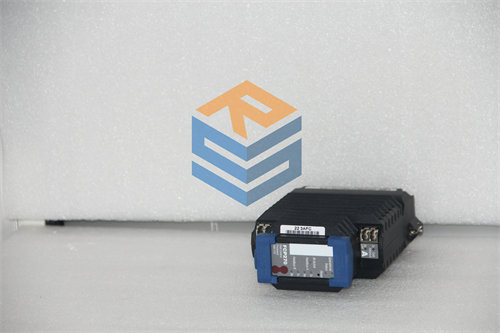
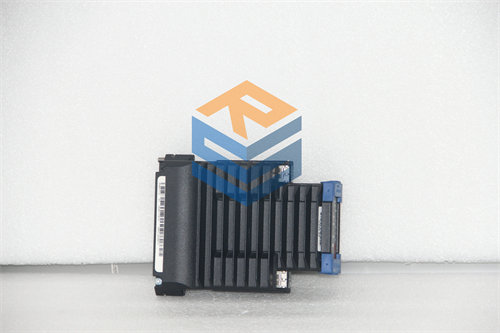

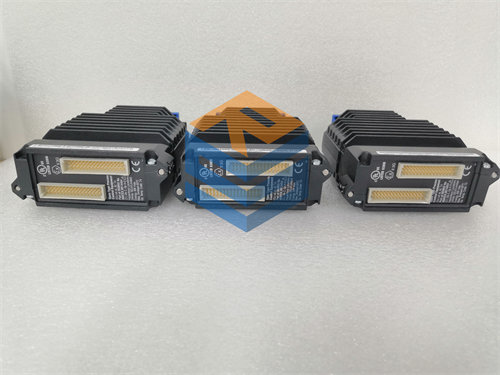

 +86 15340683922
+86 15340683922 +86 15340683922
+86 15340683922